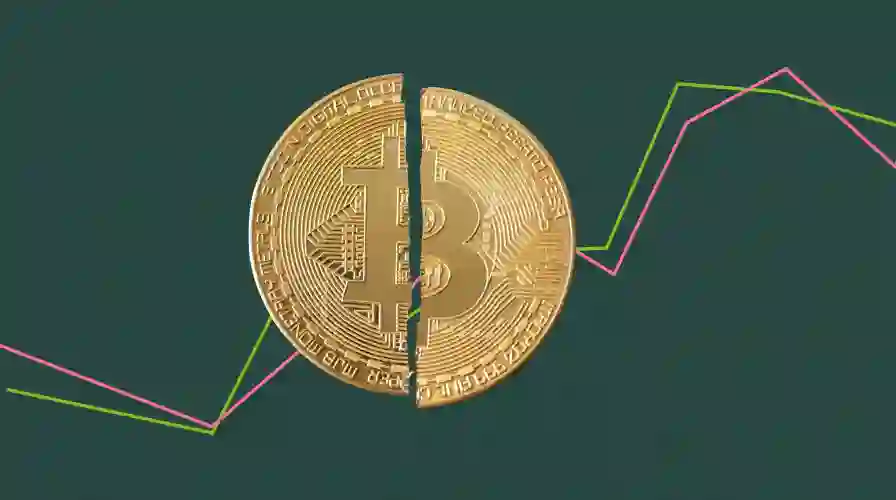Bitcoin traders and market watchers are closely observing signs that the cryptocurrency may be moving into a new phase.
On-chain data, along with rising chatter in trading circles, suggest increased selling pressure and profit-taking could indicate a late stage of the current cycle.
Glassnode, a leading blockchain analytics firm, highlighted these warning signals on August 20, emphasizing that market participants should remain vigilant.
Moving Beyond the Halving Narrative
Analyst James Checkmate proposes that Bitcoin’s evolution is better understood through three broad cycles rather than strictly following the four-year halving schedule.
He outlines them as:
-
Adoption Cycle (2011–2018): Early retail adopters drove demand during this formative period.
-
Adolescence Cycle (2018–2022): Market structure matured as institutional participation increased.
-
Maturity Cycle (2022 onward): Bitcoin is now seen as a mainstream financial asset, comparable to gold in its endgame potential.
Checkmate argues that these phases are driven by changing adoption trends and market dynamics, not the periodic block reward reductions.
“In my opinion, Bitcoin has experienced three cycles, and they are not anchored around the halvings.
They are anchored around trends in adoption and market structure,” Checkmate tweeted, highlighting the 2017 market peak and 2022 bottom as major transition points.
Halving Theory Still Holds Some Influence
Despite alternative views, the traditional halving narrative remains popular.
Historically, markets peaked in the year following each halving — examples include 2013, 2017, and 2021.
The theory suggests that reduced block rewards create a supply shock, which, when combined with strong demand, drives price surges.
Some analysts see a similar pattern emerging for 2025, keeping the simple “halving, then next-year peak” model alive for traders.
Institutional Flows and Market Liquidity Take Center Stage
New perspectives place more emphasis on liquidity and institutional capital flows than on calendar-based halving events.
Market veterans note that the four-year cycle is only fully complete once positive returns are realized, which may not happen until next year.
Peaks and troughs appear to follow broader business cycle dynamics, with buying, selling, and accumulation patterns shaping each stage.
Glassnode data supports this view, showing that long-term Bitcoin holders have realized more profits this cycle than in all but one previous cycle (2016–2017).
Elevated sell-side pressure, combined with other market signals, points to a late-cycle phase in the Bitcoin market.
Signals Point to Caution for Traders
Glassnode’s August 20 warning highlights elevated selling activity and reduced accumulation as indicators for market participants to manage risk carefully.
Proponents of the halving-based model counter by citing historical bull peaks following halving events, making both approaches reliant on key years like 2011, 2013, 2017, 2021, 2022, 2025, and 2026.
Editorial Commitment to Accuracy
At Bitcoinist, editorial standards ensure that readers receive thoroughly researched and unbiased content.
Each article is reviewed by technology experts and seasoned editors to maintain accuracy, relevance, and reliability in the rapidly evolving cryptocurrency space.



